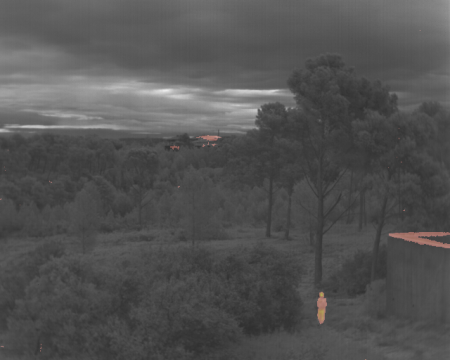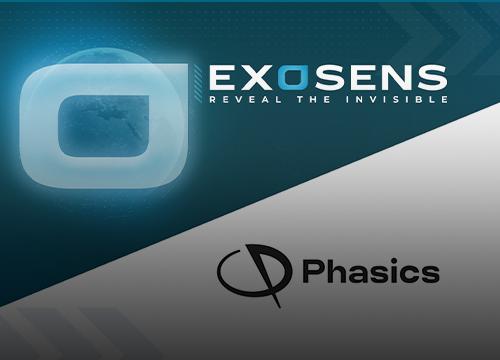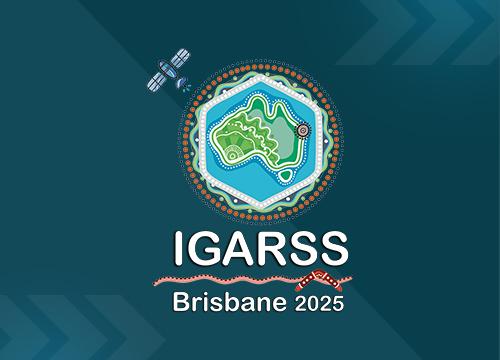


Arizona.
FROM Oct 07th 2025 TO Oct 09th 2025
SEMICON WEST 2025
Join Exosens at Booth #2082, October 7–9 at the Phoenix Convention Center and explore how our Photonis and Xenics imaging technologies are advancing semiconductor and microelectronics innovation.

Sep 09th 2025
New 5G image intensifier tube
Exosens launches its new 5G image intensifier tube, a game changer in terms of visual perception and performance in night vision

Sep 04th 2025
New thermal cameras Crius xp & Microcube xp
Exosens unveils new thermal cameras crius xp and microcube xp series

College Station .
FROM Sep 08th 2025 TO Sep 12th 2025
TRTR exhibition 2025
Join Exosens at the 2025 TRTR Annual Meeting, hosted by the Texas A&M Engineering Experiment Station Nuclear Engineering & Science Center.

Ottawa.
FROM Sep 24th 2025 TO Sep 24th 2025
GCXpo 2025
Join our Sales Manager, Tina O’Connor, and our distributor, Bock Optronics, at GCXpo 2025!

Gramat.
FROM Sep 28th 2025 TO Oct 03rd 2025
Aeroballistic Range Association
Join our Business Development Managers, Stephane Boubanga and Vince Morton, at the 74th ARA Meeting in Gramat.

Paris.
FROM Nov 04th 2025 TO Nov 06th 2025
WNE 2025
Join Exosens at the World Nuclear Exhibition (WNE) 2025, the leading global event for the civil nuclear industry, taking place at Parc des Expositions Villepinte in Paris, France.

Aug 27th 2025
Exosens expands technology portfolio
Exosens extends its technology portfolio by signing an agreement to acquire Phasics, leader in high performance cameras based solutions for optical metrology

Brisbane.
FROM Aug 03rd 2025 TO Aug 08th 2025
International Geoscience and Remote Sensing Symposium 2025
The theme of IGARSS 2025 is One Earth. IGARSS 2025 will address the threats to our Earth and promote collaborative global solutions using remote sensing technology.